Harvard
Latest
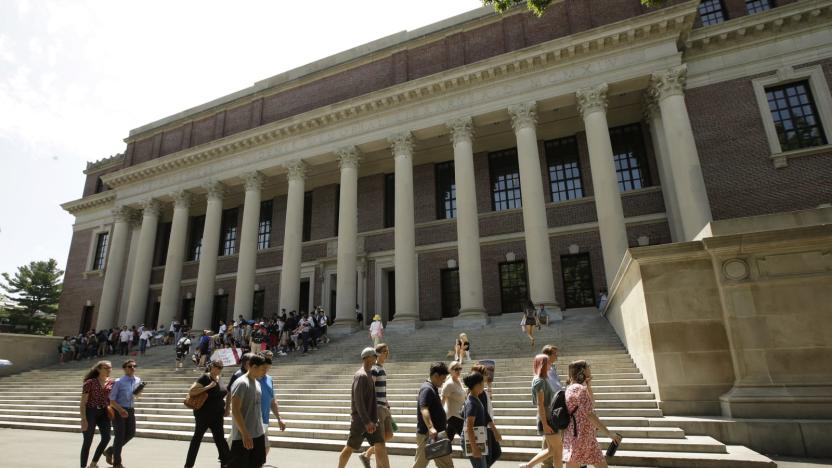
Harvard student deported based on friends' social media posts
If you thought the US' decision to screen social network posts for visa applicants risked giving innocent people the boot, you guessed correctly. US officials have deported new Harvard student Ismail Ajjawi not based on his own posts, but those on his friends list. While he said he avoided politics in his own posts, some of his contacts reportedly expressed "points of view that oppose the US." It didn't matter that he didn't interact with them -- Customs and Border Protection promptly cancelled his visa while he was still in the airport for questioning.

Papercraft-inspired math turns any sheet into any shape
You might not need exotic manufacturing techniques to produce custom-shaped objects. If Harvard scientists have their way, you could start with little more than a sheet and some math. They've created a math framework that borrows from the Japanese papercraft technique of kirigami (which uses strategic cuts to produce art) to transform any sheet into any shape. Effectively, it involves designing backwards -- the intended shape is the last part of the process.
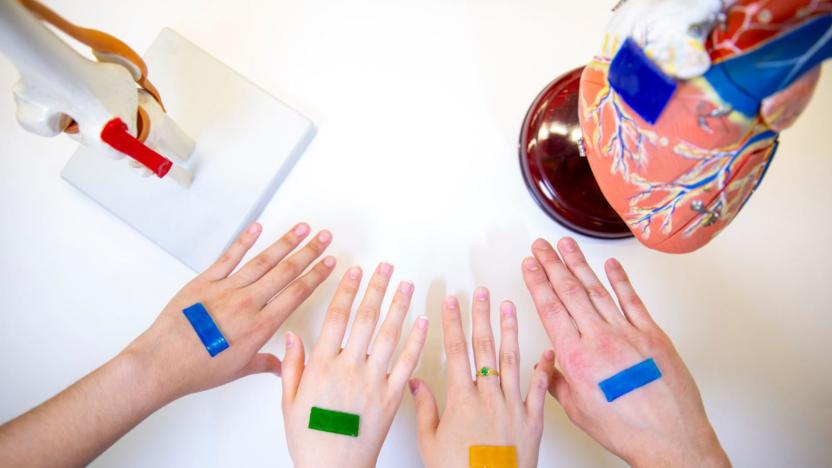
Embryo-inspired bandages close wounds better than Band-Aids
Common wound dressings usually just protect your cuts from the elements and from infection. A dressing developed by a team of researchers from Harvard's Wyss Institute, Harvard's John A. Paulson School for Engineering and Applied Sciences and McGill University, however, can actively help and speed up the healing process. They're calling the hydrogel-based material active adhesive dressings or AADs, and they were apparently inspired by the skin of developing embryos that can heal itself completely without forming scar tissues.
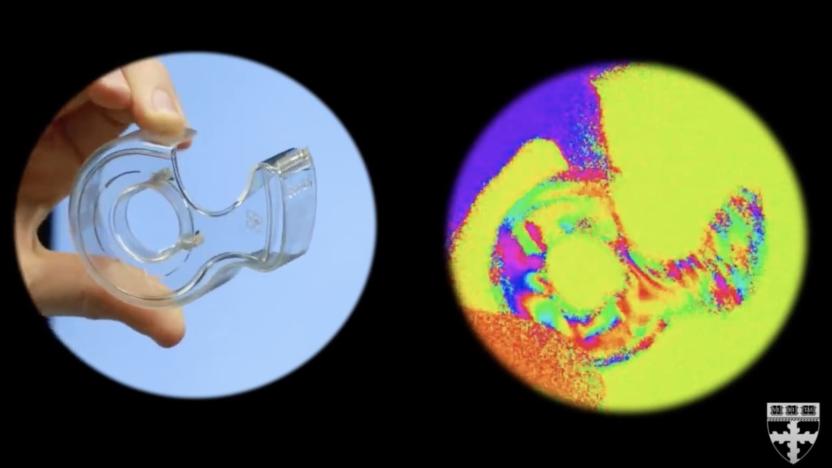
Harvard's camera can show you the world through the eyes of a shrimp
Shrimp and insect species that can see polarized light experience the world in a much, much different way than we do -- just take look at the image above to see what we mean. The only way we can get a glimpse of their polarized world is through devices like cameras, but polarization cameras are bulky and pricey at this point in time, limiting their potential applications. Harvard's portable and compact camera that can image polarization in a single shot, however, could change all that.
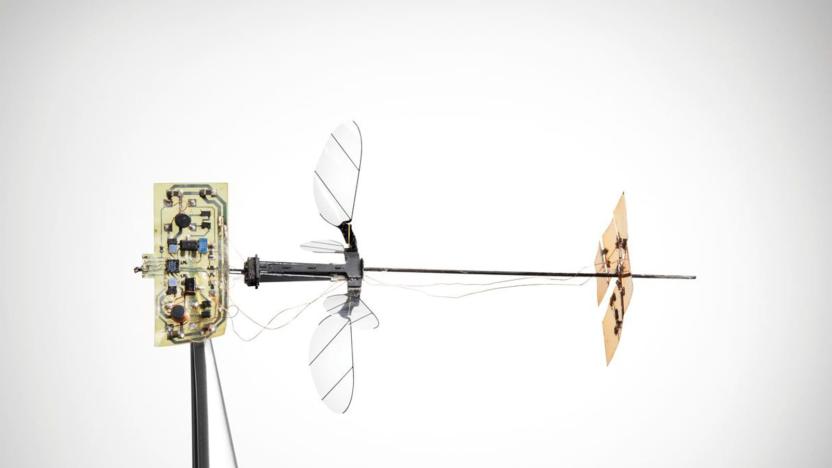
Harvard's RoboBee X-Wing can fly under its own power
RoboBee X-Wing, the latest version of Harvard's robotic bee, has four wings instead of two -- more importantly, it can fly on its own without the need for a power tether. Researchers from Harvard's Microrobotics Laboratory have been working on the RoboBee for a while now. They've made it smaller and lighter, and they've given it more and more features such as the ability to fly in and out of water over the years.
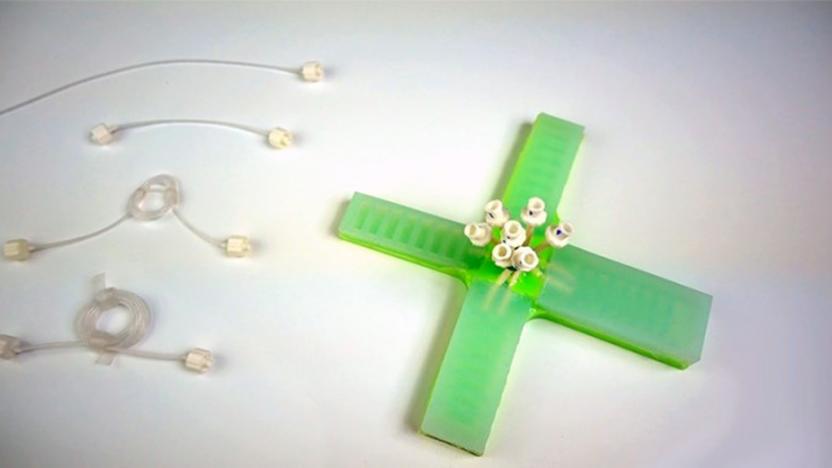
Simpler, air-powered soft robots could help with space exploration
Soft robots promise a kinder, gentler approach to automation, but they're frequently hamstrung by complexity, costs and the need for wires. Thankfully, Harvard researchers have found a way to simplify matters. They've developed a softrobot driven by pressurized air that doesn't need the multiple control systems that frequently guide these machines. A lone input pumps air to the robot's legs through tubes of different sizes, which determines how those legs behave. If you want the robot to crawl forward, you just have to send air through the right set of tubes.
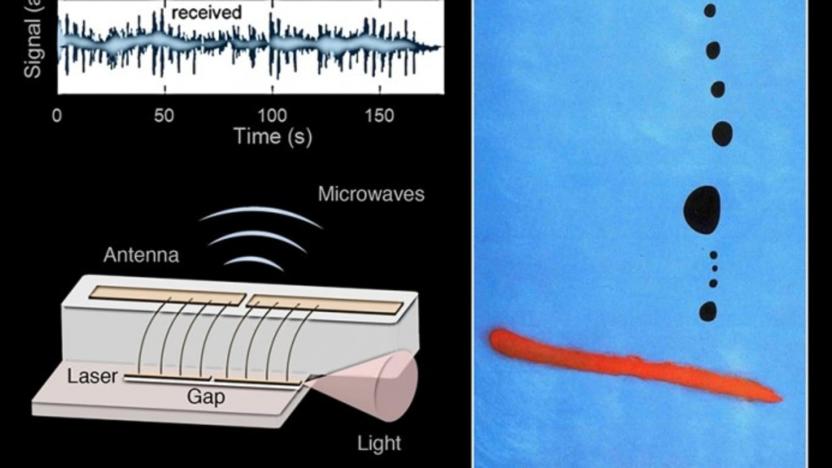
First laser radio paves the way for ultra-fast WiFi
Researchers at the Harvard School of Engineering and Applied Sciences have developed a method to wirelessly transmit radio frequency via a semiconductor laser. The breakthrough, published in Proceedings of the National Academy of Sciences, is a marked advancement on conventional lasers, which can only emit a single frequency of light. The researcher's development can use lasers to emit microwaves, modulate them and receive external radio frequency signals, which opens up the possibility for "ultra-high-speed WiFi."
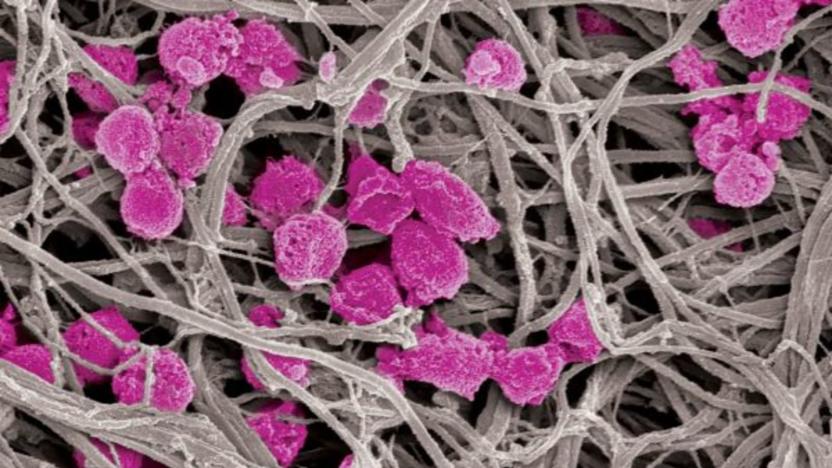
Scientists design 'decoy platelets' that reduce risk of blood clots
Heart disease, stroke, sepsis and cancer are incredibly serious conditions which together cause the greatest number of deaths around the world. They're unique illnesses, but they have something in common -- they're all associated with activated platelets, which play an important role in healing, but for some can also contribute to dangerous blood clots and tumors. Now, scientists think they've found a way to mitigate the risks associated with these platelets, thereby "outsmarting" the catalyst for these diseases.
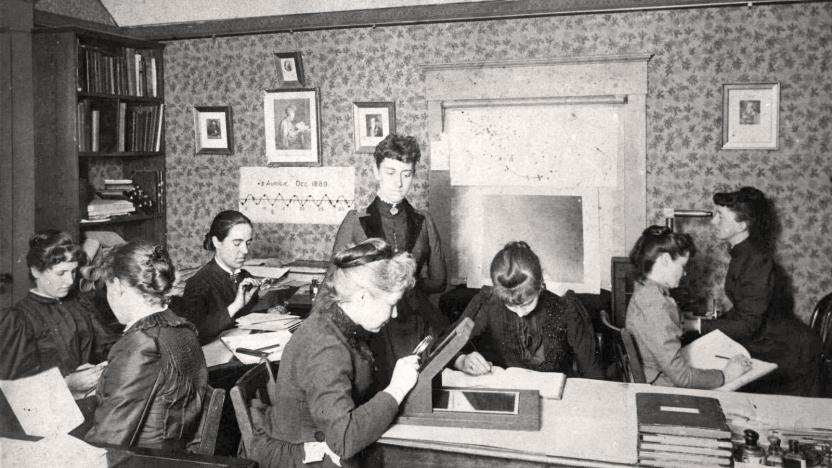
How Harvard's human computers helped invent modern astronomy
The Harvard College Observatory (now the Center for Astrophysics) in Cambridge, Massachusetts has long been a bastion of astronomical research, its history stretching back to the center's founding in 1839. But for the first forty years of its existence, the HCO was quite literally an old boys club. While amateur female astronomers helped fund and even construct the observatory's telescopes, "it wasn't really seen as proper to allow them out on the roof, in the night, on their own, to actually use instruments," Daina Bouquin, Head Librarian of the Wolbach Library at the Center for Astrophysics and lead of the PHaEDRA project, told Engadget.
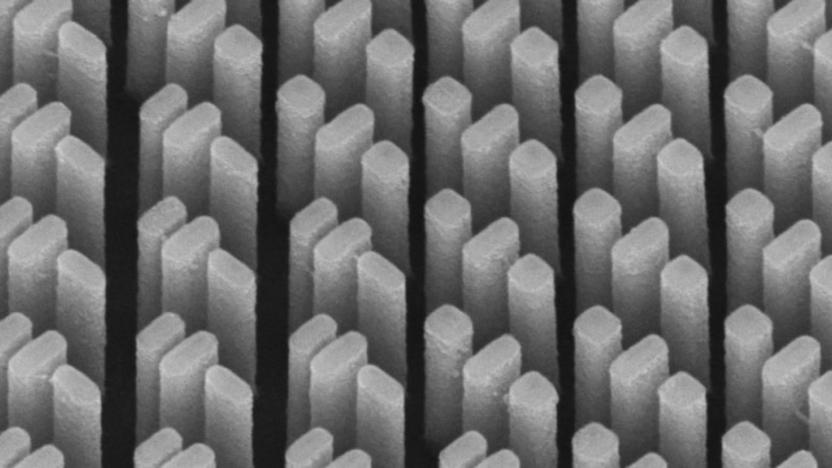
Researchers find a way to fix the purple halo effect in images
While cameras and cutting-edge microscopes have come on leaps and bounds in recent years, the optical technology these kind of products use hasn't really changed since the mid-1700s. Even the highest spec gear relies on compound lenses, which were invented around 1730. Their main function is to bring together different wavelengths of light that otherwise focus in different spots. This corrects what's called "chromatic aberrations," or in other words, the purple halo that appears in images when the wavelengths are focused at different points. The problem is, these lenses are bulky, expensive and not as effective as they could be. But researchers at Harvard have found a solution with its newly-developed "metacorrector".
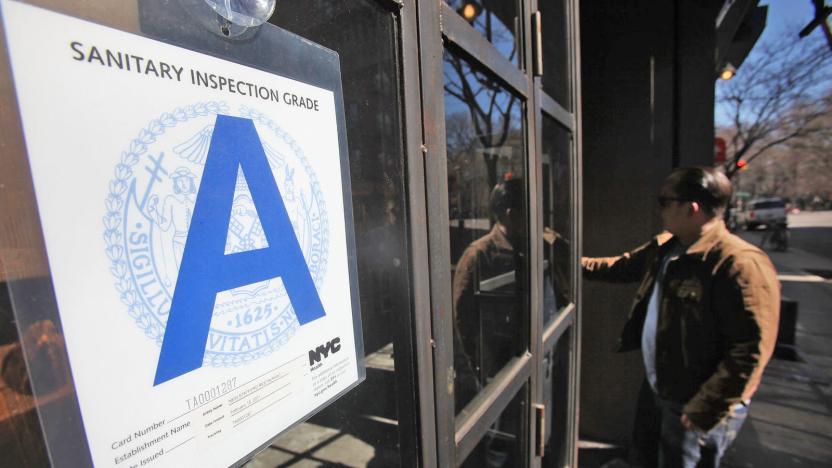
Google model identifies restaurants that could give you food poisoning
Google could soon tell you which restaurants are more likely to give you food poisoning, thanks to an algorithm that can identify lapses in food safety in near real time. Working with researchers from Harvard University, Google tested a machine-learned model in Chicago and Las Vegas to identify user search queries such as "stomach cramps" or "diarrhea", and then cross-referenced them with saved location history data -- in particular recently-visited food establishments -- from the smartphones used to make those searches.

Sound-based liquid printing could lead to new designer drugs
Liquid printing is virtually ubiquitous thanks to inkjets, but the materials can only be so sluggish before it stops working. What if you wanted to print a biological material, or even liquid metal? That might happen soon. Harvard researchers have developed a technique that uses acoustic levitation to print droplets of materials that wouldn't normally be so accommodating, including metal and honey. The approach uses a subwavelength acoustic resonator to create a sound field that pulls substances from the printer nozzle at over 100G -- even some of the most viscous materials can't resist that tug. You can control the size of the droplets using the amplitude of the soundwaves, and place them anywhere you like.

Google and Harvard use AI to predict earthquake aftershocks
Scientists from Harvard and Google have devised a method to predict where earthquake aftershocks may occur, using a trained neural network. The researchers fed the network with historical seismological data, some 131,000 mainshock-aftershock pairs all told, and more accurately predicted where "more than 30,000 mainshock-aftershock pairs" from an independent dataset occurred, more accurately than previous ways like the Coulomb forecast method. That's because the AI method takes multiple aspects of stress shifts into account versus Coulomb's singular approach.

Researchers can track cell development through 'genetic barcodes'
A newborn is composed of roughly 26 billion cells when he or she enters the world naked, screaming and rather gooey. Figuring out how those multitudes of cells came to be from a single zygote remains among the greatest challenges in developmental biology. But researchers from the Wyss Institute at Harvard University may have finally cracked the code -- through the novel use of CRISPR technology to generate a genetic barcode.
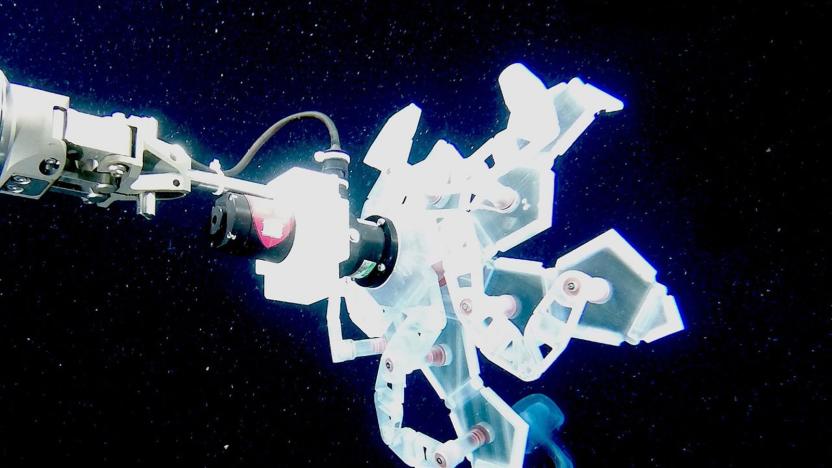
Harvard's robot arm can grab squishy sea animals without hurting them
As you might imagine, you can't just grab extra-soft sea creatures like jellyfish or octopuses when you want to study them. Not if you want them to remain intact, anyway. Thankfully, researchers at Harvard's Wyss Institute have a far more delicate solution. They've created a robot arm (the RAD sampler) whose petal-like fingers can quickly form a ball shape around an animal, capturing it without risking any harm. It's simpler than it looks -- it uses just a single motor to drive the entire jointed structure, so it's easy to control and easier still to repair if something breaks.
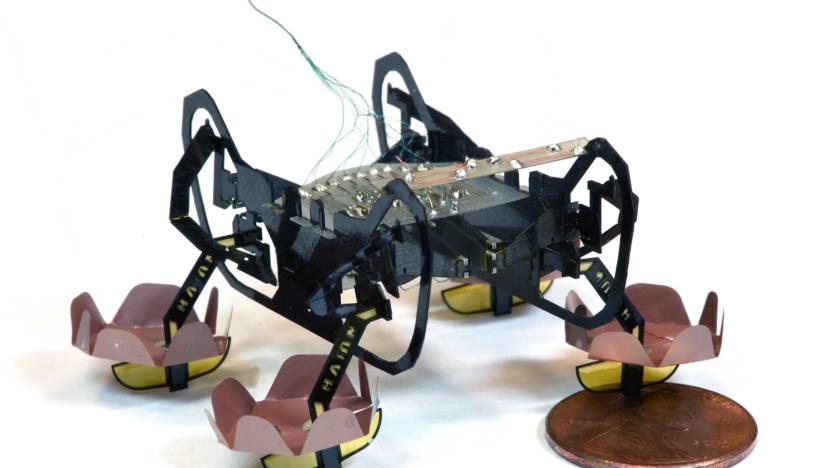
Harvard's tiny robot can swim and walk underwater
Harvard is developing a knack for tiny amphibious robots. Its researchers have upgraded the Harvard Ambulatory Microbot (HAMR) with the ability to swim and walk underwater, in addition to walking on land. Its foot pads use surface tension and related buoyancy to float on the water, while electrowetting (reducing the contact angle between a material and a water surface under a voltage) helps it break through the water and walk on the ground at the bottom. Its tiny size and 1.65-gram weight play a crucial role -- significantly bigger and it would be hard for the robot to stay above-water.

Trump's gutted EPA might lead to 80,000 more deaths per decade
Since the moment Trump entered office in January 2017, government-mandated environmental protections have been on the chopping block. Now we have an estimate for how many more people might die when some are repealed. According to two Harvard scientists, changes proposed or in process to EPA policies will lead to over 80,000 additional deaths over the next decade -- and respiratory problems for over a million people.

Diamond 'guitar' strings could lead to quantum computer memory
Quantum computers need memory to perform tasks like their conventional counterparts, but it's hard to create that memory when it only takes nearby vibrating atoms to lose all their data. Scientists may have a clever solution, though: tune diamond like a guitar string. They've crafted a quantum memory system where micron-wide diamond crystal strings house impurities that are better suited to data-storing electrons. If you subject the diamond to a voltage, you can stretch it and boost the frequencies the electrons are sensitive to, much like you would tighten a guitar string to change its pitch. It'll be harder to disturb the data, in other words.
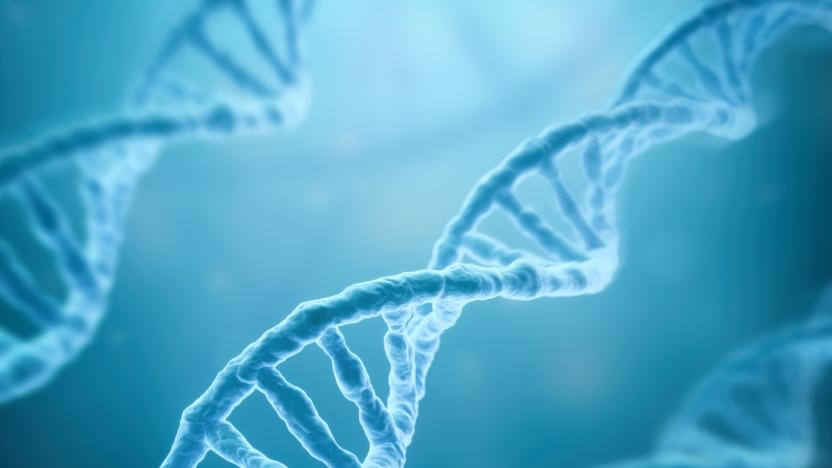
Science takes a step toward coding virus-resistant human cells
In 2016, scientists unveiled one of the most ambitious genetic engineering efforts yet: Genome Project-write wanted to do nothing less than create (not just edit) human cells immune to all known viruses. There was a rough start that included dramatic funding shortfalls, but it now looks like the initiative is getting underway in earnest. Harvard's Wyss Institute and French immunotherapy company Cellectis have formed a partnership that will see Cellectis supply genome engineering tools to a Wyss team led by George Church. They'll use custom enzymes to remove redundant codons (nucleotide "triplets" that produce amino acids for specific proteins) and prevent viruses with those codons from hijacking cells to produce copies of themselves.

‘The Future of Secrets’ is a digital confession booth
"I feel like I can justify the worst things I've done." "My initial connection to the majority of my partners is based on superficial sexism." "I once bumped someone's phone when it was charging and it fell off a table and cracked and I just walked away." The experience of reading anonymous confessions is both intimate and detached. Being confronted with people's real-life emotional baggage reveals quiet but deeply human moments, yet divorced from the person who said them, there's no human to project the resulting empathy on.







